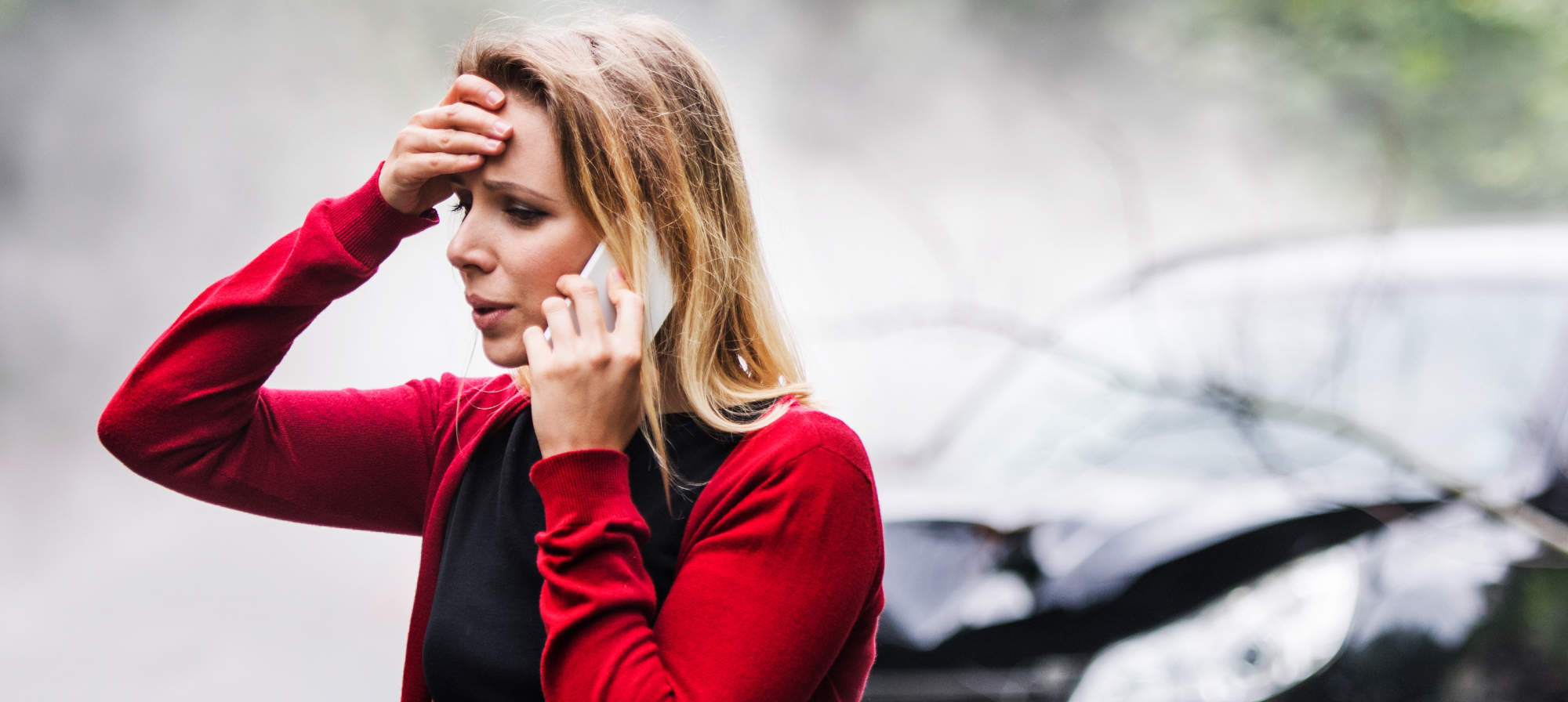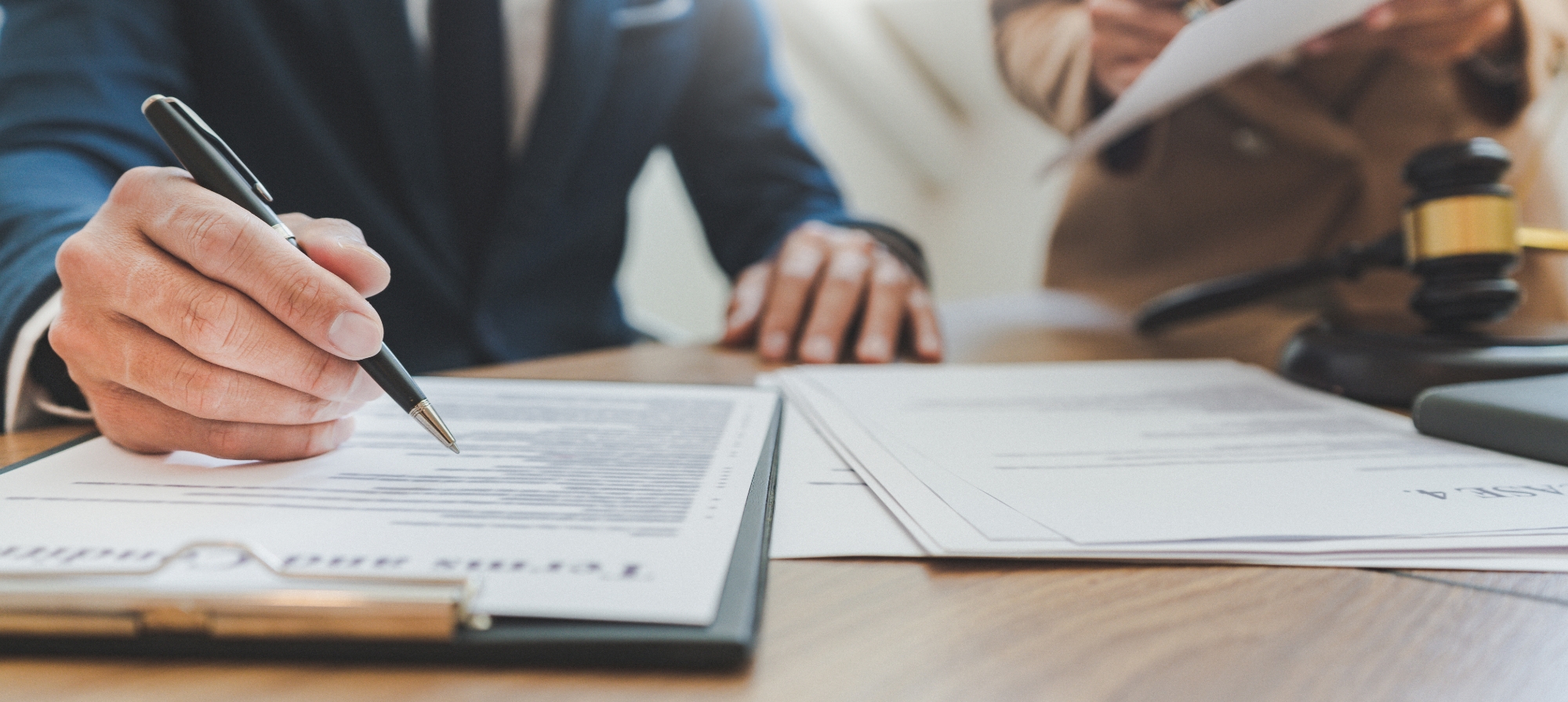No amount of money will erase the emotional trauma of being in a car crash as a pedestrian. However, fair compensation for your suffering and financial costs is one way you can begin to rebuild your life and find some closure.
Securing that fair compensation might be more complicated than you’d expect, however—especially when you’re focused on healing, and perhaps supporting a family. Even if liability (legal responsibility) for your pedestrian accident is clear beyond a doubt, convincing the insurance company to pay you what you deserve can still be frustratingly complicated.
This article will explore the common causes of pedestrian-car accidents and who is often at fault. We’ll dig into the options you may have for filing claims and explain how the help of an experienced personal injury attorney can make all the difference for your case.
The Driver Is (Usually) at Fault for a Pedestrian-Car Accident
Before we go any further, let’s define “pedestrian.” A pedestrian is a person who’s on foot, walking or running, generally near a roadway. We would also include anyone sitting or lying in these locations, such as a person in a wheelchair or a baby in a stroller.
The person driving a motor vehicle is usually held liable for a pedestrian accident. This is because drivers are legally obligated to be aware of their surroundings and exercise caution wherever and whenever pedestrians may be present, due to the significant danger that vehicles pose to people on foot even at low speeds. Even if a pedestrian does something unexpected or against the rules of the road, the driver may still be liable.
However, the driver being at fault is not guaranteed, and such cases are almost always more complicated than they seem.
Even if a pedestrian does something unexpected or against the rules of the road, the driver may still be liable.
Is a Driver Always at Fault When Hitting a Pedestrian?
It’s rare for a driver to completely avoid blame in these situations, although it can happen.
Again, part of the responsibility of driving is being constantly aware of surroundings and anything that might be in the path of the vehicle. Hitting a pedestrian with a car is pretty much the worst-case scenario, so drivers are expected to take every precaution to avoid that happening.
Still, drivers can’t control everything, and this is where it gets more complicated and worth working with personal injury lawyers. Here are a few other entities that may be at fault for a pedestrian accident:
- Governments and municipalities: Cities and other governing bodies are responsible to maintain traffic lights, pedestrian signals, and the roadways themselves. If someone is injured because of malfunctioning lights or damaged roads, you may be able to hold the governing bodies responsible.
- Employers of commercial drivers: While an employer can’t control a drivers’ every move, they are ultimately responsible for ensuring their company doesn’t cause accidents. If a delivery or work vehicle hits a pedestrian, the company may be considered liable.
- Pedestrians themselves: Again, people on foot aren’t generally faulted for getting hit. However, if a person suddenly darts into the road far from a designated crosswalk or completely ignores traffic laws, they may be at least partially at fault. We’ll talk more about this in the following section about comparative negligence.
Comparative Negligence Can Mean Shared Fault and Less Compensation
Texas, like many states, observes a rule of comparative negligence in personal injury cases. This means that both the driver and the pedestrian (as well as other parties) may share in the blame for a pedestrian-car accident, and an injured pedestrian may still receive financial compensation even if they share some of the fault—though the amount of compensation will be reduced.
In Texas, comparative fault is modified so that an injured person can only get compensation if they aren’t more at fault than the other involved parties combined. In other words, the injured person can be 50% at fault and still get some compensation, but any more and they cannot receive anything. This is sometimes called a “51% bar.”
For example, let’s say a pedestrian ignores a traffic signal and darts out into the road right in front of an oncoming vehicle, making it extremely difficult for the driver to avoid hitting them. In this case, the injured pedestrian would almost certainly bear a large portion of the fault—quite possibly enough for them to be barred from compensation.
But imagine a similar scenario in which the driver was a little further away when the pedestrian began to cross the road, and under normal circumstances should have had plenty of time to react and avoid the collision. But because they were speeding, they were unable to stop in time. Now, things may be very different.
Let’s say the pedestrian was found to be 30% at fault for not following the traffic signal, while the driver took the remainder of the blame. In this scenario, the partially at-fault pedestrian would have their compensation reduced by their share of the blame. If they are claiming $100,000 in damages, they’d only be able to receive $70,000.
A Personal Injury Lawyer Can Help
Clearly, car crashes involving pedestrians can quickly become complex, especially if you’re going up against a city government or large company. These groups tend to have huge legal and insurance teams who want to close the case as quickly and inexpensively as possible, and they might try to shift blame your way in the process.
Furthermore, at-fault drivers and employers are not always completely honest about what happened in a pedestrian accident, and they might do their best to minimize how careless they appear.
Consider our client, John, who was hit by a commercial truck while crossing a street in San Antonio. The trucking company first tried to deny liability entirely. And even after our team provided overwhelming evidence of their negligence (including the driver’s own admission), they still tried to avoid paying their fair share by arguing that John’s medical bills were excessive. Fortunately, our team proved them wrong on each point, ultimately securing $178,000 for John.
Car crashes involving pedestrians can quickly become complex, especially if you’re going up against a city government or large company.
An experienced personal injury lawyer knows how to negotiate with these various groups and will take on the heavy lifting and busy work while you focus on healing. They can guide you through the entire process, from filing a claim to a personal injury lawsuit to financial compensation.
In the meantime, take note of your daily pain and struggles. How have your injuries negatively impacted your life beyond the financial costs? A record of your suffering will help your attorney show the insurance company what you deserve.
RELATED: Here’s What You Need to Know if You’ve Sustained a Pedestrian Injury
Take note of your daily pain and struggles. How have your injuries negatively impacted your life beyond the financial costs? A record of your suffering will help your attorney show the insurance company what you deserve.
Common Causes of Car-Pedestrian Accidents
If cars are on the road, and pedestrians are on the sidewalk, why and how do so many pedestrian accidents happen? Typically they occur at intersections and crosswalks, but pedestrians can be hit in parking lots, highways, and elsewhere. Here are a few of the more common situations.
Cars Turning Into Pedestrians
Sometimes drivers are so focused on watching for other cars and trying to find a gap in traffic to merge into that they forget to watch for pedestrians in the crosswalk. This can happen on a right turn at an intersection, but is even more likely if the vehicle is turning left.
Sadly, these attempts to “shoot the gap” and merge into high speed traffic without checking for people on foot are especially likely to result in severe pedestrian injuries and pedestrian deaths.
Parking lots are another potentially dangerous place for pedestrians. Even cautious drivers might not see a person about to walk behind their car or between vehicles.
Broken Traffic Lights or Signals
Drivers and pedestrians trust signs, traffic lights, and crosswalk signals to indicate where they should be and when it’s safe to move. Because these things usually work properly, we might trust them so much that we don’t check to see if they’re correct.
For example, drivers are so accustomed to safely going through green lights that they often don’t check to make sure that the cross traffic (pedestrians or other vehicles) has actually stopped. But on the off chance a light is malfunctioning and stuck on green, it’s always worth glancing right and left to be certain the way is clear.
If a crosswalk signal isn’t working, pedestrians won’t know when it’s their turn to cross, especially at more complicated intersections. This could lead to someone venturing into the road when they think it’s the safest time, only to be struck by a driver following a totally different signal.
Poor Layout and Design
The design and layout of streets and sidewalks can actually increase the chances of a car accident and a pedestrian getting hit, especially as speed limits continue to rise.
For example, imagine a crosswalk right after a curve on a busy road. A driver coming around the bend probably won’t be ready to immediately stop for a pedestrian, even if they’re observing the speed limit and watching the road.
Some roads don’t even have sidewalks, making it more likely that pedestrians will be in the road and in the way of motor vehicles.
Pedestrians Being Where They Shouldn’t
In general, drivers are considered liable when they hit pedestrians, even if the pedestrian wasn’t following all the laws perfectly. However, when a pedestrian is somewhere they shouldn’t be, it increases the chance that they’ll get hit.
For example, crossing a busy road anywhere other than at a crosswalk means the traffic is less prepared to stop and not watching as closely for people on foot. Likewise, walking along the edge of the road, instead of on the sidewalk, puts a pedestrian in greater danger.
In some cases, a pedestrian might put themselves in danger by walking somewhere they aren’t allowed, such as on the shoulder of a highway. Often, people doing this are walking away from a broken-down car or bringing gas to a vehicle they left on the side of the road.
RELATED: Hit by a Delivery Driver, a Pedestrian Gets a Settlement: Zak’s Story
Contact Crosley Law for Experienced Pedestrian Accident Attorneys
At Crosley Law, we have decades of experience with all kinds of personal injury cases, including pedestrian accidents involving significant injuries. No matter how serious or complex a case is, we’re ready to fight for fair compensation.
We begin every case with a free case evaluation, where we get to know you and your story better. Schedule yours today by calling 210-LAW-3000 | 210-529-3000 or completing the easy contact form on our website.
The content provided here is for informational purposes only and should not be construed as legal advice on any subject.









